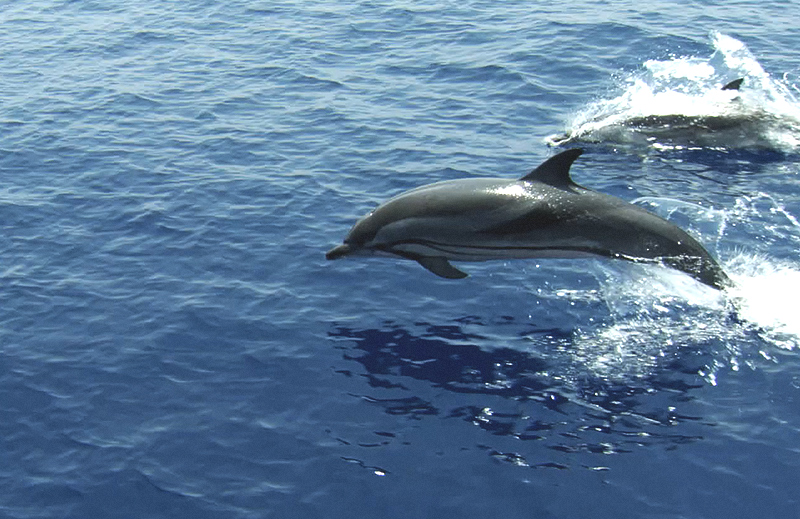Awareness of the environment
At iDEA&Associates we are focused on finding solutions to plastic pollution and believe that young entrepreneurs can be guided to develop new businesses that can play a meaningful role. We decided to partner with Plastic Ocean’s unique program to encourage the creative minds to develop ideas that can help in the fight against plastic pollution. The program is designed to help teams generate ideas and work with industry mentors to develop the initial steps to creating a business plan.

THE MOVIE
A PLASTIC OCEAN
We live in a world of plastic. Shopping bags, drink bottles, our toothbrush and even our clothes are among the everyday items made from plastic. But plastic isn’t fantastic, and neither is the current state of our environment.
The film presents beautiful shots of the marine environment. This contrasts with footage of heavily polluted cities and dumps full of plastic rubbish. The juxtaposition between these images sends the message that our actions and choices can severely impact the planet.
As a company, our vision and is mission is aligned to saving the planet and we believe that by working closely with people like Plastic Ocean that we can continue the message of sustainability in a positive way and encourage others to become conscious consumers.


Producer Jo Ruxton joined an expedition to the so-called Great Pacific Garbage Patch in the North Pacific Gyre, 1500 miles off the coast of San Francisco, to ascertain its impact. When the expedition discovered free-floating microplastics instead of an anticipated solid mass that could be contained, Jo knew she had to begin the film that would become A Plastic Ocean.

Jo had worked for the WWF International in Hong Kong and partnered with director and journalist Craig Leeson. Their first collaboration was on a documentary about endangered Pink Dolphins in Hong Kong.
Jo and Craig brought on Dr. Lindsay Porter, an expert in cetaceans (whales and dolphins). Together they contacted the world’s experts to see what was known about plastic pollution in the gyres.

The team expanded to include Dr. Bonnie Monteleone who had already found microplastic in other gyres she had investigated. She joined the expedition to the South Pacific gyre.
With new information emerging about the extent of the issue in each of the Ocean gyres, free diving champion Tanya Streeter joined the team. Together they set off on what would be a four-year global odyssey to explore the issue of plastics in our oceans and its effect on marine ecosystems and human health, including endocrine disruption.
